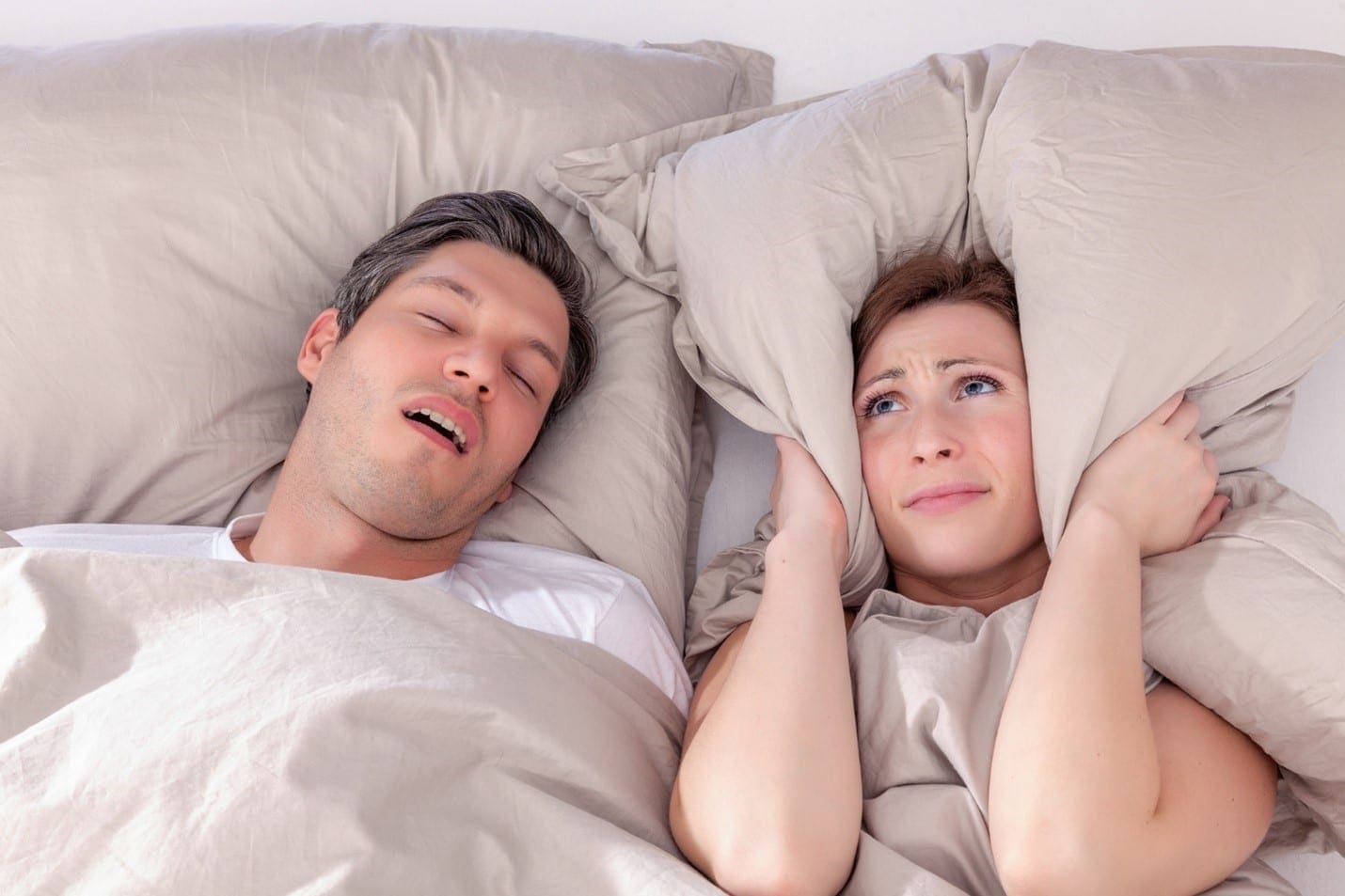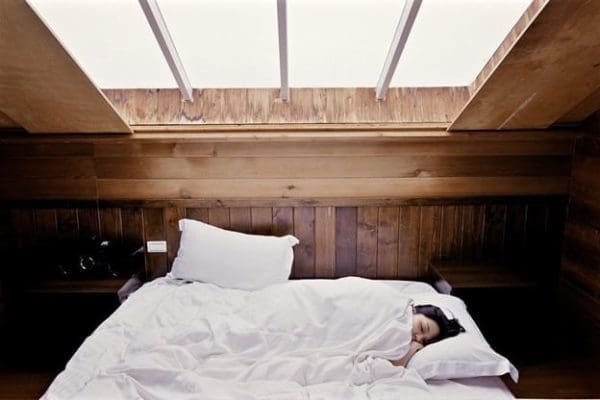
When an individual has a medical condition called sleep apnea, their breathing suddenly stops during their sleep, which can negatively affect their wellbeing. Some of the symptoms of this condition are loud snoring, daytime sleepiness, and restless sleep. Read more about this medical condition on this site here.
Obstructive sleep apnea happens when the upper airway has a physical blockage. This is often referred to as obstructive sleep apnea, and there’s another one that affects the nervous system. The one involving the brain and signaling an issue with the nerves is called central sleep apnea.
A person’s airway closes, or in some cases, the signal from the brain has been helping up, and it makes the individual stop breathing. This can happen temporarily, but it can be repeated several times during the night. When there’s breathing, there can be a deep breath, snort, gasping, choking, or a smothering sensation that’s often common with the patients.
When you leave this condition untreated, it can cause depression and complications in the body, like heart diseases. The affected person may also feel drowsy all day, increasing their risks while working or driving.
Symptoms to Look Out For
A person may be unaware that he or she has this condition. However, some symptoms can serve as a red flag, or they can be pointed out by another person sleeping in the same room. Some of the warning signs are:
- Sharp and hurried gasps for air
- Breathing has stopped for a while, followed by noisy breaths
- Loud snoring
The individual may notice the following when they have this medical condition
- Fatigue throughout the day
- Insomnia or extreme restlessness
- Difficulty in concentrating
- Waking up many times in the night to urinate
- Awakened by a sore throat or dry mouth
- Irritability
- Headaches
- Heartburns
- Erectile Dysfunction or Decreased of Libido
Causes of Sleep Apnea
Know that there are people who can be affected more by this condition. One of the causes of sleep apnea is still an obstructed airway. This is when the rear tissues collapse when you sleep. This is primarily observed with many patients with a dysfunction in the nervous system and individuals who’ve had a stroke. They may be present in people who have Lou Gehrig’s diseases or amyotrophic lateral sclerosis, as well as those with heart failures, lung diseases, and kidney ailments are common.
Diagnosis
Your physician will diagnose the symptoms and confirm whether you have sleep apnea. They can give you an overnight evaluation with a specialist who will study your sleeping patterns and behaviors.
Testing can include an overnight observation and study such as a polysomnogram or PSG. PSGs are performed inside a laboratory where the patients will be with a trained technologist throughout.
During this test, various blood functions like eye movements, brain activities, heart rates, muscle activities, airflow, blood oxygen levels, and others are carefully taken note of at night. The completion of the study means that the technologists have taken note of the number of impairments that have happened during a doze, and they will tally them accordingly.
In many adults, there are home test kits that are provided and performed accordingly. This is a modified way of sleeping done inside the patients’ own homes to be more comfortable. Consequently, it still records the airflow, snoring, blood oxygen levels, and breathing effort to know whether an individual has moderate to severe sleep apnea.
The home sleep test is not the appropriate tool for screening patients who display no symptoms. It’s only applicable to patients with significant medical problems like severe pulmonary disease, heart failure, and other disorders. The test is not for patients who have other displayed symptoms of parasomnias, restless legs syndrome, insomnia, or narcolepsy. You can read more about narcolepsy in this site address: https://www.webmd.com/sleep-disorders/guide/narcolepsy.
Treatment available for sleep apnea
There are conservative treatments that are done for patients who are suffering from severe conditions. They are the following:
Many overweight people are required to lose weight. It’s worth noting that even a 10% loss is more than enough to reduce the so-called apneic events for many patients. However, weight loss can be challenging, especially for people who have untreated sleep apnea because their appetite usually increases in the process, and several changes are happening to their metabolism.
Many individuals should avoid sleeping pills and alcohol because these substances can make their airways collapse. They can also prolong periods of apneic sleep, and this can be dangerous if left untreated. For many individuals, some lifestyle changes that one can do are the following:
- Following a diet that’s healthy for the heart
- Development of healthy habits before napping
- Limit one’s alcohol consumption
- Stop smoking
- Weight management
- Sleeping on one’s side and not on the back
Therapies to Know About
If home remedies don’t help, a physician can help by prescribing medications or sending patients into therapies. One therapy is considered a primary treatment for sleep apnea, which is called continuous positive airway pressure. The airways are kept open by a constant stream of air pressure that’s delivered through masks.
Many people may be uncomfortable with the constant use of CPAP, and they tend to stop this before they achieve some lasting benefits. But the therapist may make specific measures that will make the masks and the overall equipment more comfortable, and there can be several adjustments for a smoother period. Some settings and adjustments can add moisture so that any kind of nasal symptoms are relieved.
Some may prefer to use the mandibular advancement devices that are for patients with moderate OSA. Oral mandibular devices are considered dental appliances, and they prevent the tongue from blocking one’s throats. They are devices that will keep the airways open, and an orthodontist can administer them.
Hypoglossal nerve stimulators are used and implanted under the skin, and they are found at the right side of the chest. This device is used during bedtimes, and they come equipped with remote control. With each breathing, the hypoglossal nerve receives a stimulation, and the tongue moves in a forward motion. The airway is then opened as a result.

Be the first to comment